Cascade High School's Carnivore Curriculum
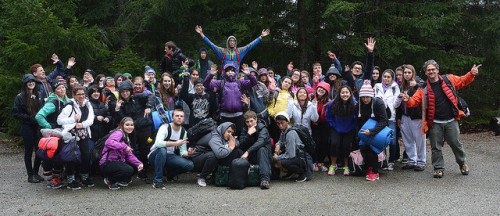
While the majority of our Mountain School sessions focus on the Ecosystems Exploration curriculum, geared towards fifth graders, the grads and naturalists at the Environmental Learning Center also teach the Carnivore Curriculum.
In the Carnivore Curriculum, part of the Field Science and Leadership program,
Students study North Cascades carnivores and their habitat in surrounding forests near the Learning Center. On the first day, students gain an overview of North Cascades ecosystems and engage in hands-on lessons about field inquiry, plant identification and forest carnivores. On the second day, students investigate the habitat potential of the forest community surrounding the Learning Center for threatened and endangered forest carnivores by examining tree diversity and canopy cover, coarse woody debris and ground cover in forest transects. Working in small groups, students gather data at their field study site and then compile and analyze their data back in the classroom. On the final day of the program, students present their findings and make conclusions about their research in a symposium-style discussion with their peers, teachers and national park representatives.

Cascade High School students arrive under the watchful eye of Pyramid Peak
From March 23rd to 25th, high school students from Cascade High School in Everett joined us at the Learning Center for field investigations. My group, the Brown Bears, chose to study the mink: a small semi-aquatic weasel belonging to the Mustelidae family. The group learned how to use different scientific tools used by wildlife biologists to determine whether the mink’s preferred terrestrial habitat could be found around the Learning Center.
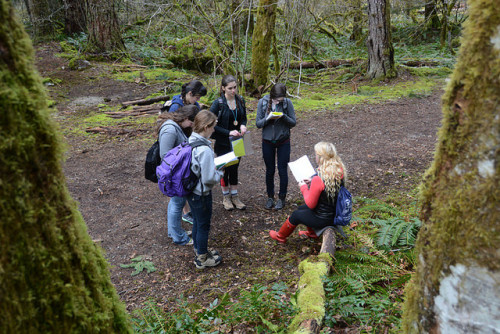 Students teach each other about North Cascades carnivores
Students teach each other about North Cascades carnivores
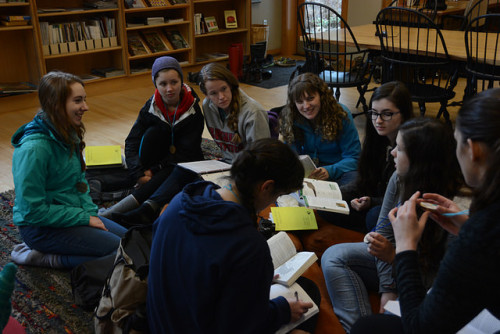 Conducting research on the mink in the library
Conducting research on the mink in the library
At a time of many ongoing habitat studies and rewilding efforts in North Cascades National Park, including the North Cascades Wolverine Study and the recovery of wolves, fishers, and grizzly bears, the data collected by Mountain School students feels especially relevant. This curriculum gives students an opportunity to collect data similar to that being used by biologists to evaluate the ability of the National Park Complex to support viable populations of these extirpated animals.
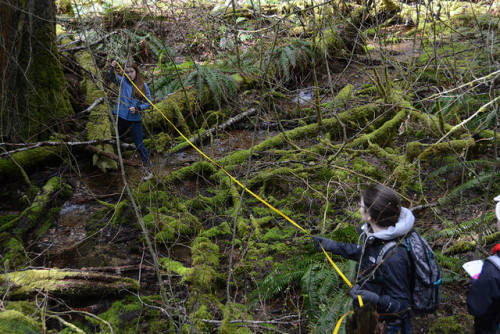 Measuring the diameter of our plot
Measuring the diameter of our plot
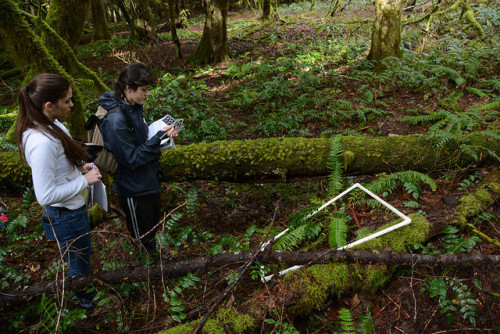 Measuring ground cover using a quadrant
Measuring ground cover using a quadrant
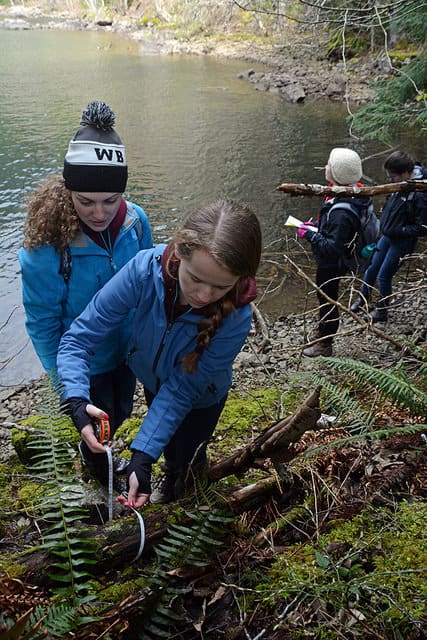
Using a DBH tape to measure coarse woody debris
Of course, our Carnivore Curriculum students still participate in other critical components of Mountain School, like campfire, learning about the history of Diablo Dam, and stargazing!
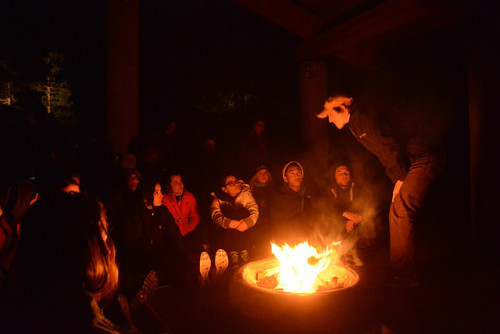
An instructor tells a story over a campfire
 Diablo Dam at by lamplight
Diablo Dam at by lamplight
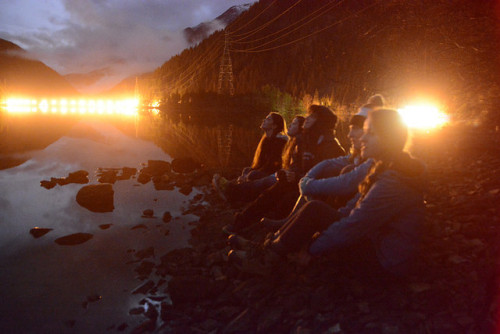
An evening on the banks of Diablo Lake
At the end of their three days with us, students analyze their data, make conclusions, and present their findings to other groups during a symposium. This also give students a chance to think critically about their study: improvements, questions for further study, and what might have sparked their interest or curiosity. It also sometimes provides an opportunity for costumes.
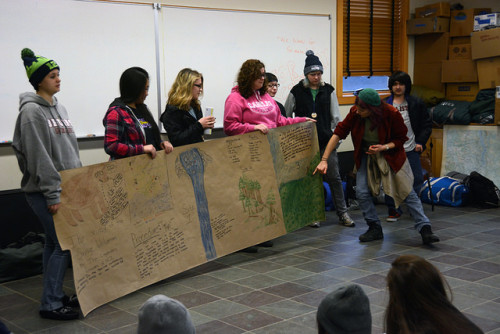 Presenting findings
Presenting findings
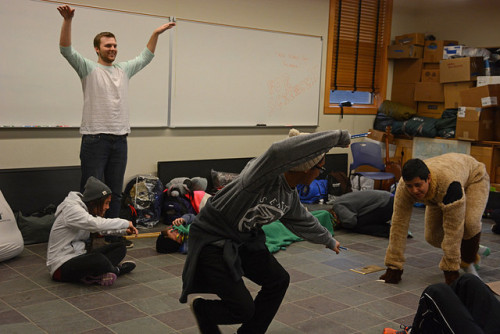
Bear vs. wolverine
Thanks for a wonderful three days, Cascade High School!
*All photos provided by Jack McLeod, author of The North Cascades Highway: A Roadside Guide. See more of Jack’s photography at his website.

